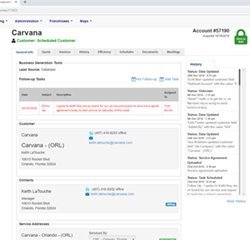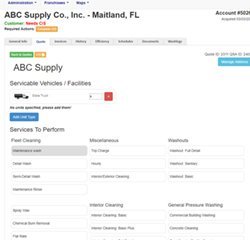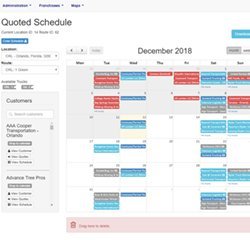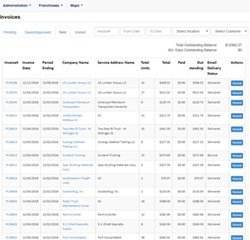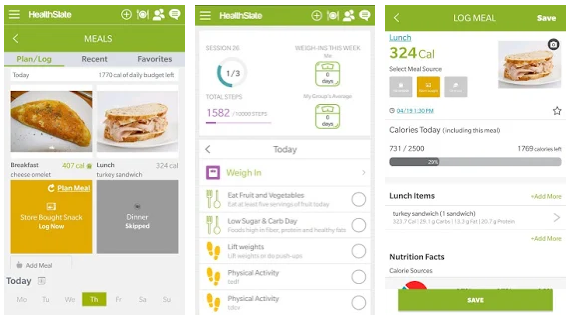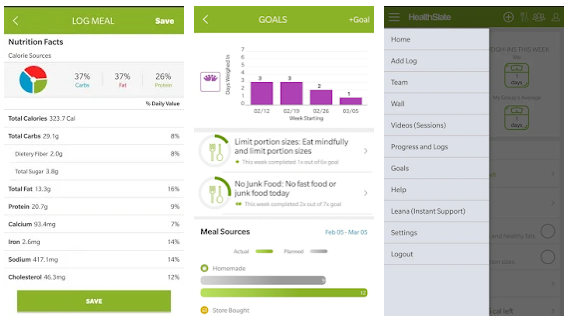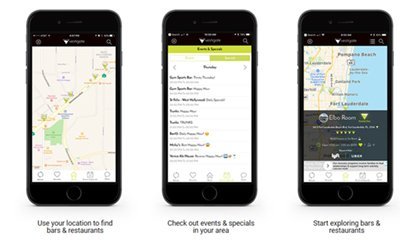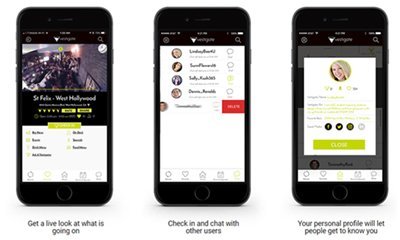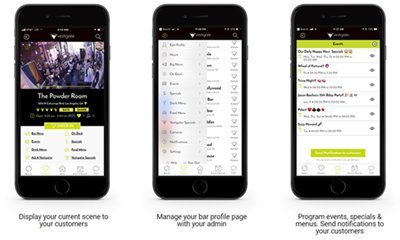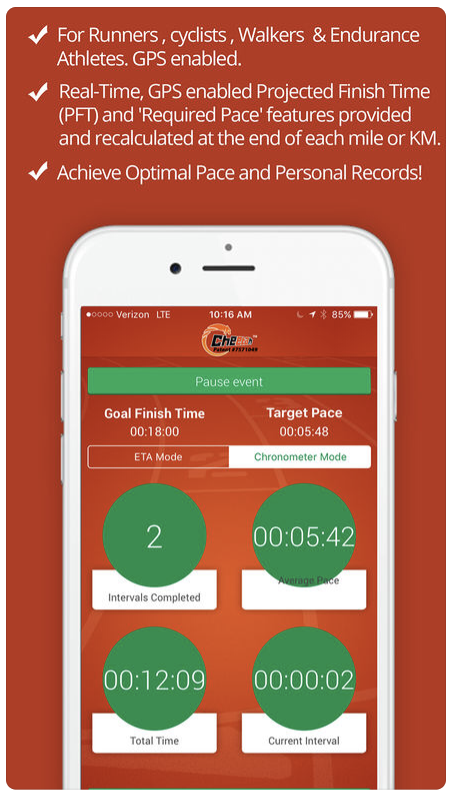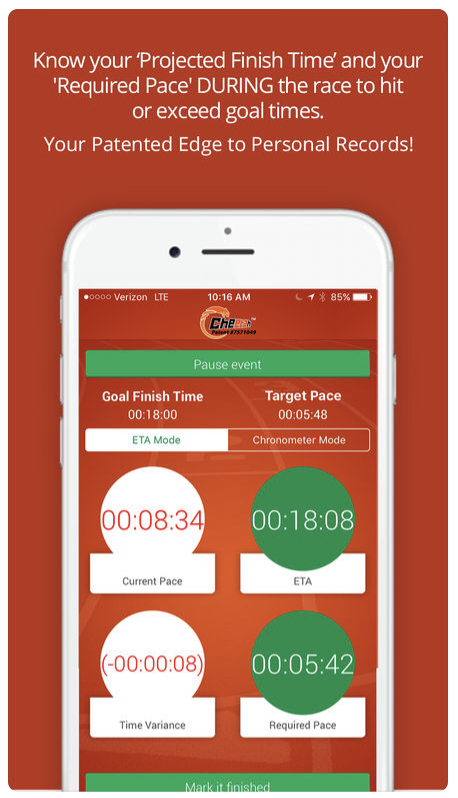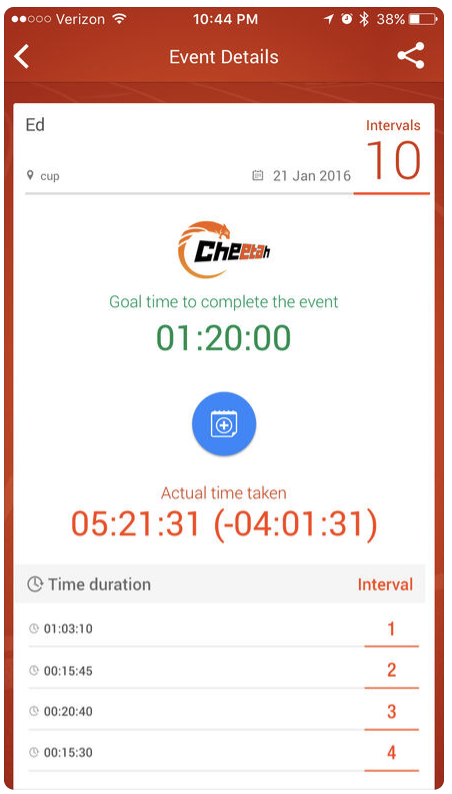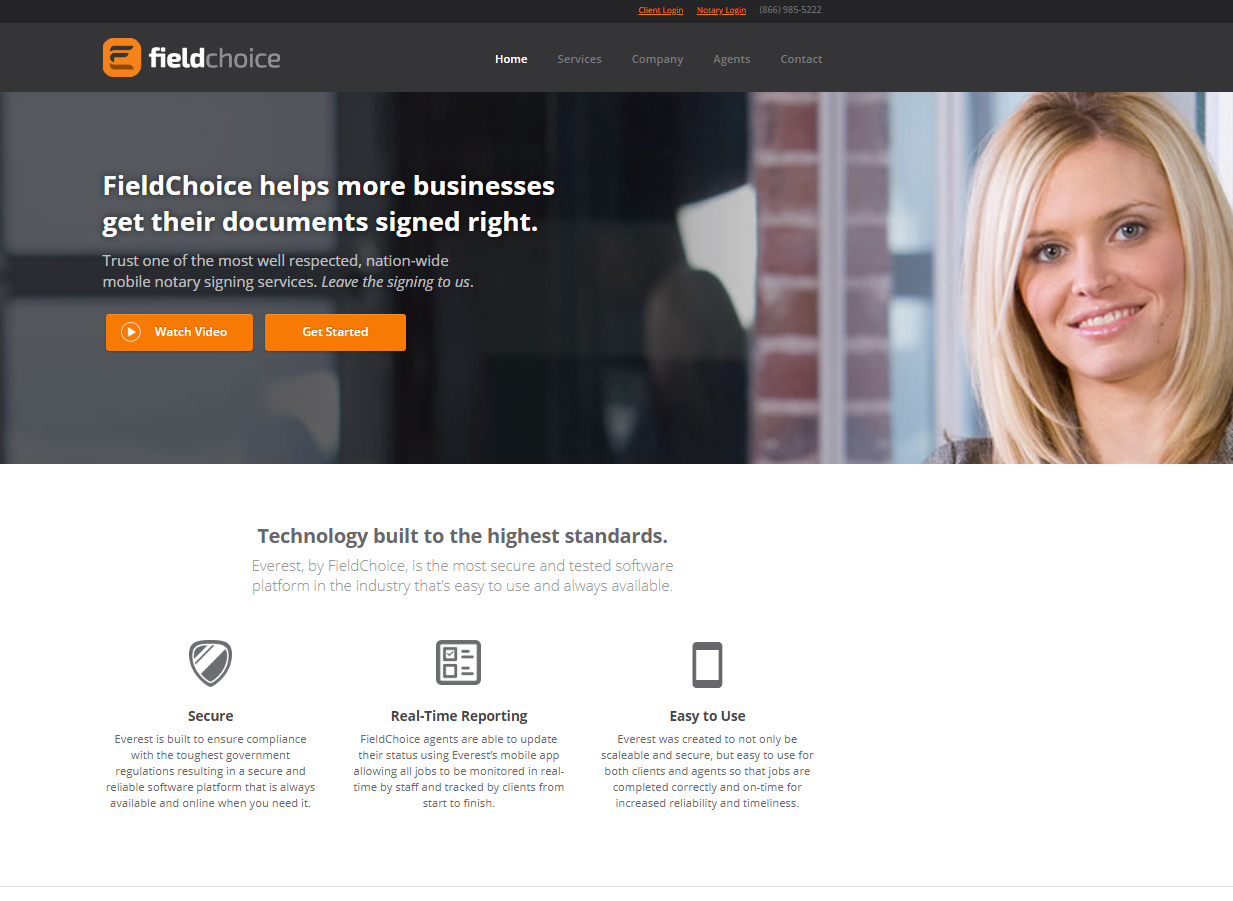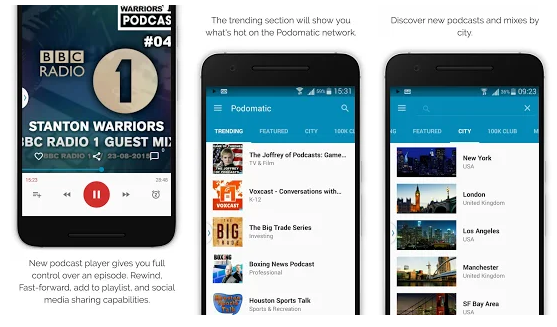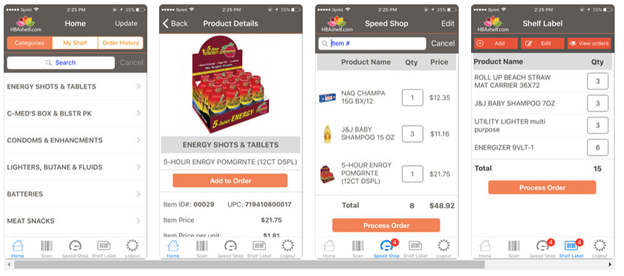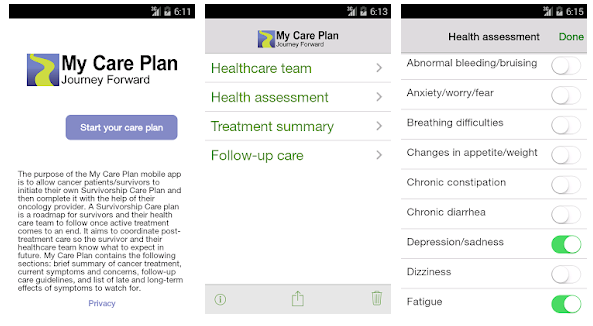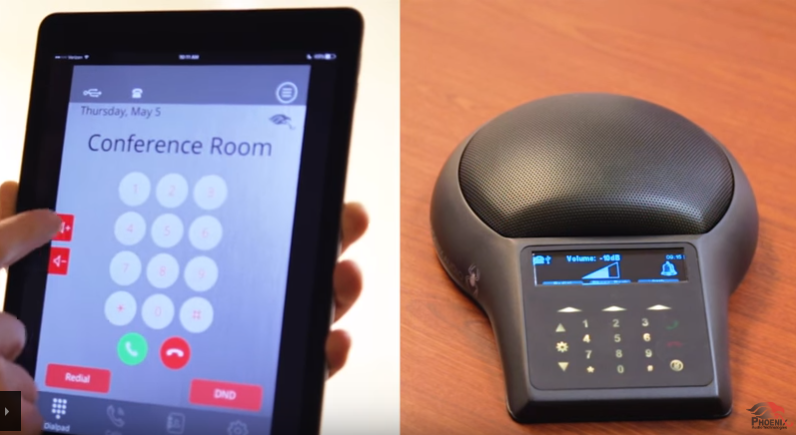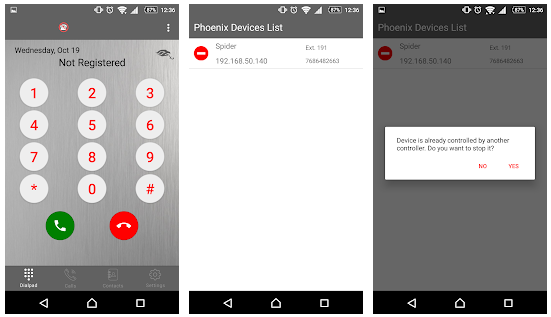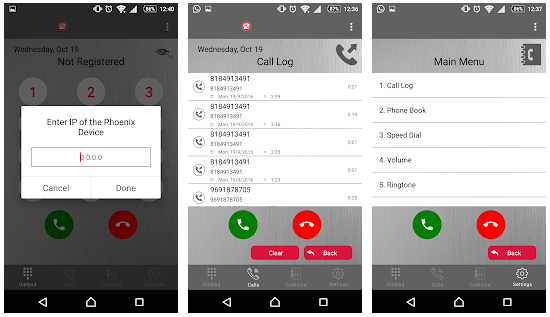So, you’ve decided to build a mobile application; either because you have a brilliant idea that you want to get to consumers, or perhaps you need a portable component for your business. Regardless, the process can be daunting. We’ve created this straightforward formula for successfully and easily building a mobile application.
Step One – Put Together Your Team
The first step is to put together the right team. If you’re building an app for your business, identify the people in your organization that have the most knowledge of your business process who will know what the application needs to do. Try to include at least one person who will ultimately be an end-user.
You’ll also want to find the right developer partner. Seek a firm that not only has the programming expertise to build mobile apps, but one that can quickly understand your business process and who can help you navigate your way. The right developershould be able to do most of the below work for you.
See How to Select A Software Engineering Firm
At this point, you may be ready to hire a developer partner who can help you with the next two steps, or you may want to complete the next steps to help you find the right firm. (Read step 4 below.)
Step Two – Create Your Requirements Document
If this step is daunting to you, don’t sweat it; a good developer partner should be able to help you create this document. As an example, Sofmen can listen to your idea, ask a few questions, and create this document for you. However, some developers may require this from you to get started.
To write your requirements document, create a list of what you want your application to do. Start with a bulleted list of the main features that are must-haves and then fill in a description. You should also include but list separately, those features that you want in the future but that are not essential in the first release. Keep in mind that your first iteration of a mobile app may not include everything you want. If you start with the essentials, you can add features later. (Read Why Build a Minimum Viable Product)
Step Three – Decide on a Platform
Should you create your mobile app for Android, iOS or both? Another option is to build a cross-platform or progressive web app that will work on either type of device. Your decision will depend on who will use your app and what features your app will include. If you are building a mobile application as part of your business process, you can develop for whichever platform your company feels most comfortable using. If you are building an app for consumers, you will either need to build in both iOS and Android, or, if the application does not require heavy use of native device components (such as use of the camera or GPS) you may be able to create a cross-platform or progressive web app that will work on all devices. Read Should You Build A Progressive Web App to learn more.
Again, you should be able to rely on your developer to help you decide which platform(s) may be best for your application.
Step Four – Hire a Developer Partner
We’ve listed this as Step 4 because some developers require you to give them your requirements document. Additionally, knowing which platform you wish to use can help you find a developer that specializes in that technology. That said, hiring a developer really should be part of Step One as your developer is an important member of your team.
Finding the right developer to program your mobile app is a crucial step that can mean the success or failure of your app. If you are unsure of how to write your requirements document or which platform you want to use, a good firm will be able to help. A firm like Sofmen has designers and programmers for each app platform and therefore can give guidance on this point.
When hiring an application developer, do your homework. Read reviews. Remember when reading testimonials to question their authenticity. Too-glowing may mean the review has been faked. Negative reviews can also be falsified by competitors or ex-employees. Sites like https://clutch.co offer 3rd party verified reviews that are more likely to be authentic. (Read Sofmen’s Clutch reviews here: https://clutch.co/profile/sofmen)
Learn more about how to go about finding the right developer partner by reading How to Select A Software Engineering Firm
Step Five –Wireframes
Your application developer will take your requirements and create a set of mockups that will show how the app will be laid out and how it will flow. Wireframes are a vital step in the application development process and should never be skipped.
Be sure to give this step the attention it needs. You should go through the wireframes as if you are using the app. Make sure everything is included that should be – that nothing is missing. There should be a wireframe mockup of every screen to be built. This will allow you to make sure the flow is as you expect. You may wish to have a potential end-user look at them as well.
If the wireframes are confusing to you, ask the developer to walk you through them as this is a vital step in the process. Your wireframes will be used as the foundation for building your app.
Step Six – Designing the UI/UX
Once you approve the wireframes, it will be time to design the look and feel of your application. The User Interface (UI) and overall User Experience (UX) is also crucial to the success of your app. Users are drawn to applications that look great and are easy to use. They will quickly delete, and never use again, an app that is clunky, hard to use, or simply not enticing.
Step Seven – Develop & Test
Once the UI/UX has been approved, your application developer will program the application. How long this may take will depend on the complexity of the app, but it will also matter greatly how quickly you provide feedback when questions are asked. Be as available to your developer as you want them to be for you. Communication is a vital.
Step Eight – Deploy
After you’ve completed testing it is time to deploy your app! To do that, you will need to set up developer accounts in your own name with Google and/or Apple. Do NOT allow your programmer to use their own account. Your developer should provide you with instructions on how to set up these accounts in the Google Play Store (for Android apps) and/or the Apple Store (for iOS apps).



